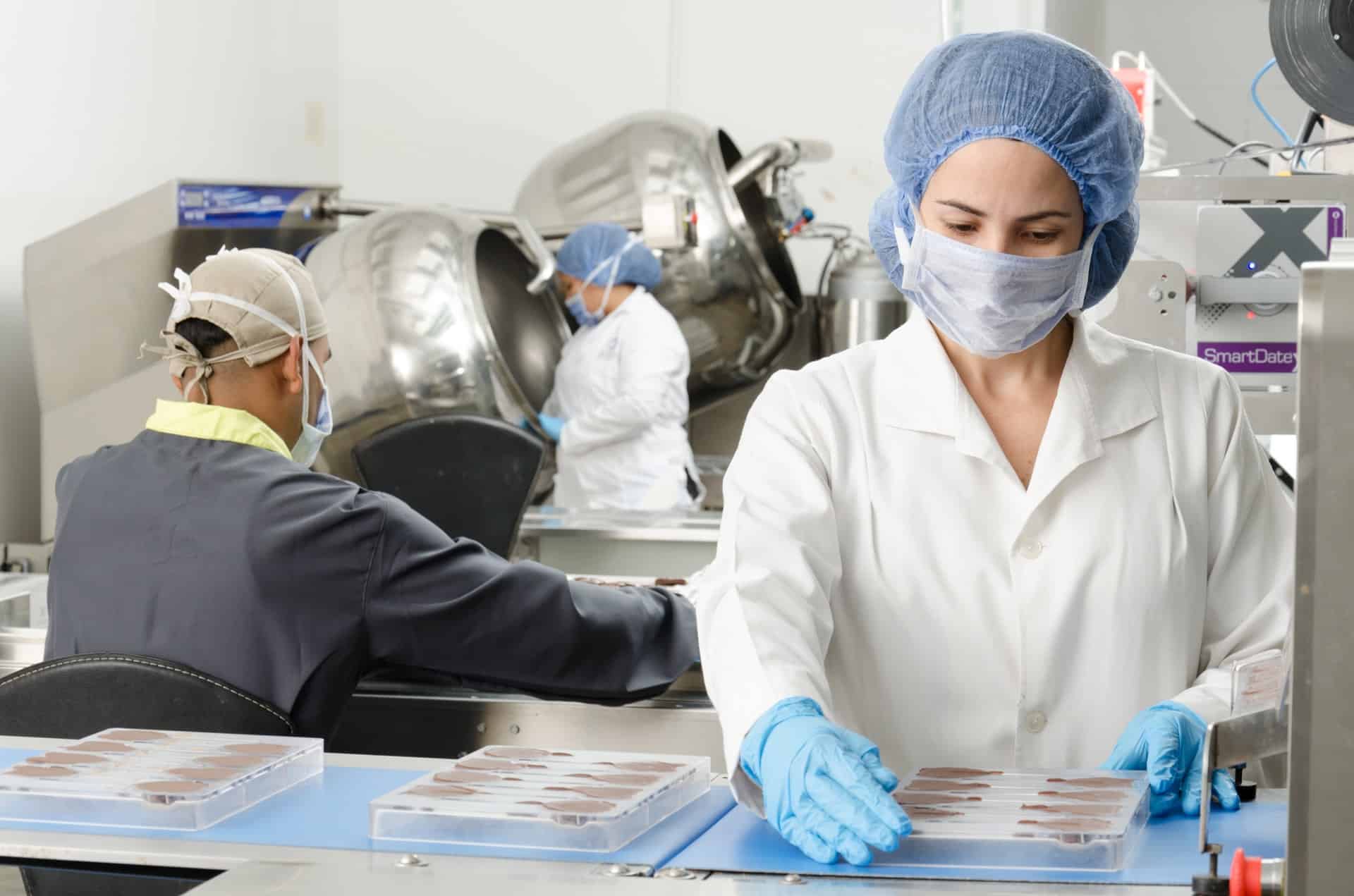If you’re reading this, chances are you work in healthcare. You’re aware of the fact that hospital acquired infections lead to 1.7 million infections in the U.S. and 220,000 infections in Canada every single year.
The issue with curtailing HAIs is multifaceted. Frequent handwashing is critical to preventing the transfer of pathogenic bacteria, but compliance with recommended hand hygiene directives is usually around 50-60%. In some intensive care units, adherence to best hand hygiene directives can be as low as 3%.
On top of this, healthcare professionals often carry an array of devices by their side, such as Vorcera badges, smartwatches, mobile phones, and iPads. Household chemical wipes are ineffective for removing dangerous pathogens while hospital-grade ones have abrasive chemicals that damage screens and reduce their useful life.
Researching a solution
The Vancouver Island Health Authority, also known as Island Health, had keen interest in bringing HAIs under control. The body operates over 150 sites with a total staff strength of 23,000 and an annual budget of $2.3 billion. Even small improvements to its infection control strategy could save precious lives and hundreds of thousands of dollars in facility costs.
Island Health’s first intervention came in the form of a limited trial run, referenced internally as the Investigation into the Cleaning Methods of Smartphones and Wearables from Infectious Contamination in a Patient Care Environment trial. The research study was led by Dr. Sean Spina, Coordinator of Clinical Pharmacy Services at Royal Jubilee Hospital in Victoria BC.
The initial baseline survey revealed that only 45% of clinicians cleaned their mobile phones at least once a week. Hospital ID badges were even less frequent, at 29%, while watches came in at 61%.
Sean understood that clinicians and other staff members would be hesitant at using germicidal wipes to disinfect devices, due to the potential for long-term damage. At the same time, it was necessary to reduce potential infectious vectors and curb HAIs.
“We’re relying more heavily on our smartphones and wearables for essential communication,” said Sean. “And there is no real efficacious way to actually clean these devices.”
Inactivating superbugs with CleanSlate UV
Sean and his team deployed CleanSlate UV at their facility to test its effectiveness in neutralizing bacteria from personal items and understand the role it plays in promoting overall hygiene levels. CleanSlate UV is fast, simple, and easy to use as it can inactivate up to 99.9998% of pathogens in a short 20-second UV-C cycle.
Initially, the team swabbed smartphones and other personal items for pathogenic bacteria to establish baseline levels. Devices and wearables were also deliberately inoculated with pathogens such as MRSA, ESBL, VRE, and pseudomonas to test the efficacy of the CleanSlate UV sanitizer.
The team noted that CleanSlate UV demonstrated efficacy immediately after use, with only 4% of devices growing pathogenic bacteria. The percentage wasn’t at 0% because of the use of cases and other accessories that shielded certain crevices, preventing UV-C light from reaching all parts of the device.
Initial findings suggested that UV-C sanitizers were most effective when done often and correctly, similar to handwashing. The researchers made a bold prediction that UV-C disinfection has the potential to be as common as hand sanitizer already is within clinical settings, establishing that it should be accepted practice as IoT devices proliferate in healthcare facilities.
We know that here in Canada, healthcare-associated infections affect about 1 in 10 patients. And the evidence shows bacterial contaminants can live on inanimate surfaces for many, many months
Dr. Sean Spina
The cost of not tackling HAIs
A study in medical journal Hospital Topics calculated that each incidence of an hospital acquired infection increases the hospital care cost of a patient by $10,375 and furthers the length of stay by 3.3 days. Overall, it carries an annual burden of $16.6 billion in additional costs to healthcare providers, some of which filters down to insurance companies and taxpayers.
The WHO adds that, on average, a 200-bed hospital incurs $1.8 million in additional costs resulting from infection-related expenses. The global body states that a 1% increase in hand hygiene compliance results in annual savings of nearly $40,000 and for every $1 spent in hand hygiene promotion, a facility receives $23.7 in benefits.
From the editor:
Interested in learning more about how CleanSlate UV can help your facility with infection control? Talk to one of our product specialists today.


